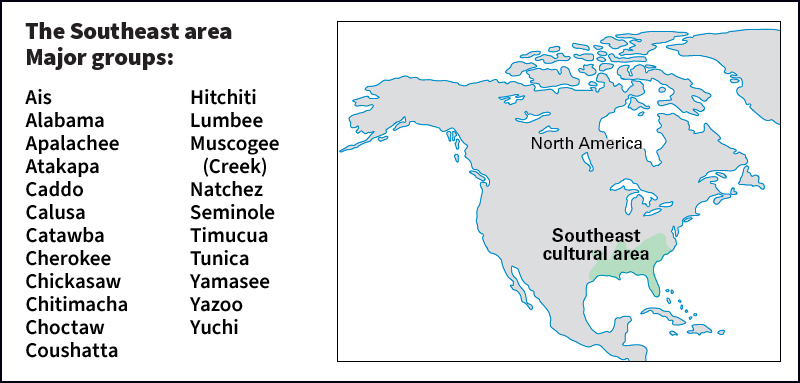Lumbee are the largest Native American tribe in the United States east of the Mississippi River. According to the 2020 U.S. census, there are about 54,000 Lumbee. Most of the Lumbee live in and near Robeson County in southeastern North Carolina.

Most scholars agree that the Lumbee are a mixture of peoples, but historians have several theories about their origin. According to one theory, they are descendants of the Hatteras tribe and of English colonists who settled on Roanoke Island in 1587. This island lies off the coast of North Carolina. The settlement there became known as the Lost Colony because it disappeared mysteriously, but the people may simply have joined the Native Americans. Many Lumbee have the same last names as the missing colonists (see Lost Colony). Another theory traces Lumbee ancestry to a blending of Sioux-speaking tribes, including the Cheraw, who once lived in the Piedmont and Atlantic Coastal Plain regions of North Carolina.
During the 1800’s, the Lumbee were called the Croatan. Early records tell that they looked like Native Americans but lived like settlers. The federal government classified them as different from the Native Americans on reservations. In the 1880’s, North Carolina gave the Croatan separate legal status, including the right to have their own schools. Their first school, the Croatan Normal School, in Pembroke, North Carolina, opened in 1887. This school is now the University of North Carolina at Pembroke.
In 1953, the state’s legislature voted that the Native Americans in and near Robeson County be called Lumbee. The name comes from the Lumbee (now the Lumber) River, which flows through the county. In 1956, Congress recognized the Lumbee as a tribe but restricted their eligibility for federal tribal benefits. The tribe continues to seek full federal recognition.
